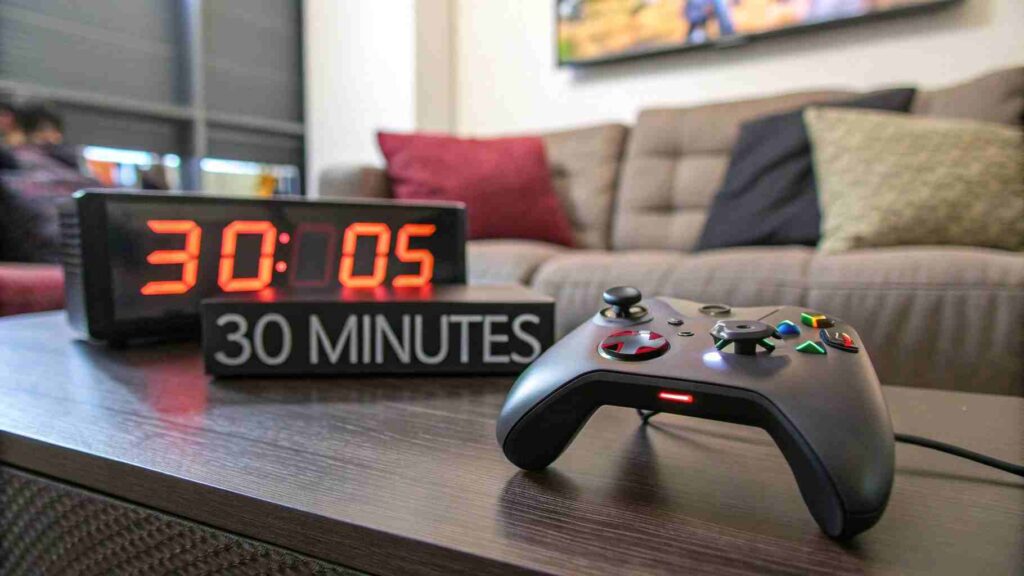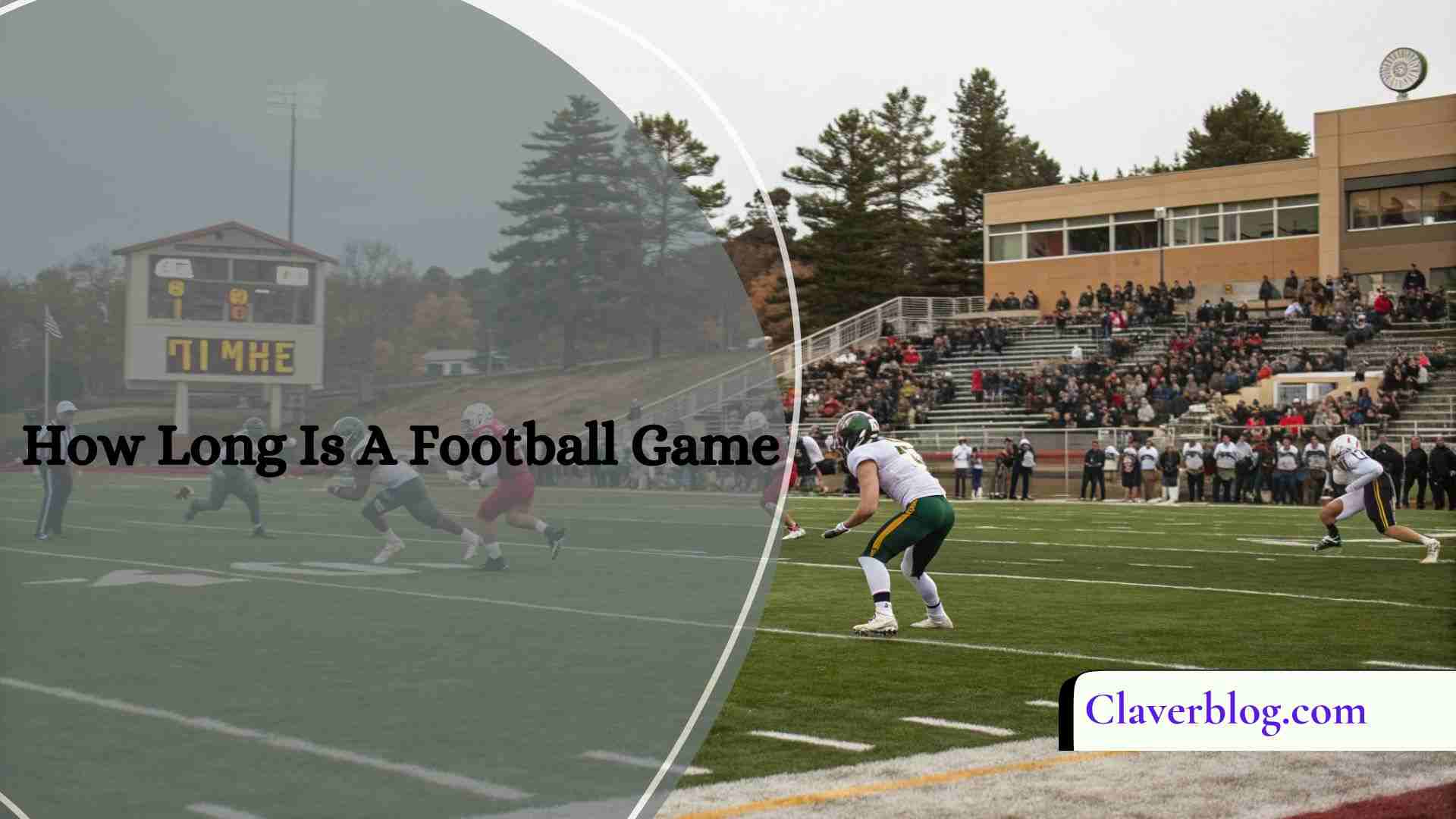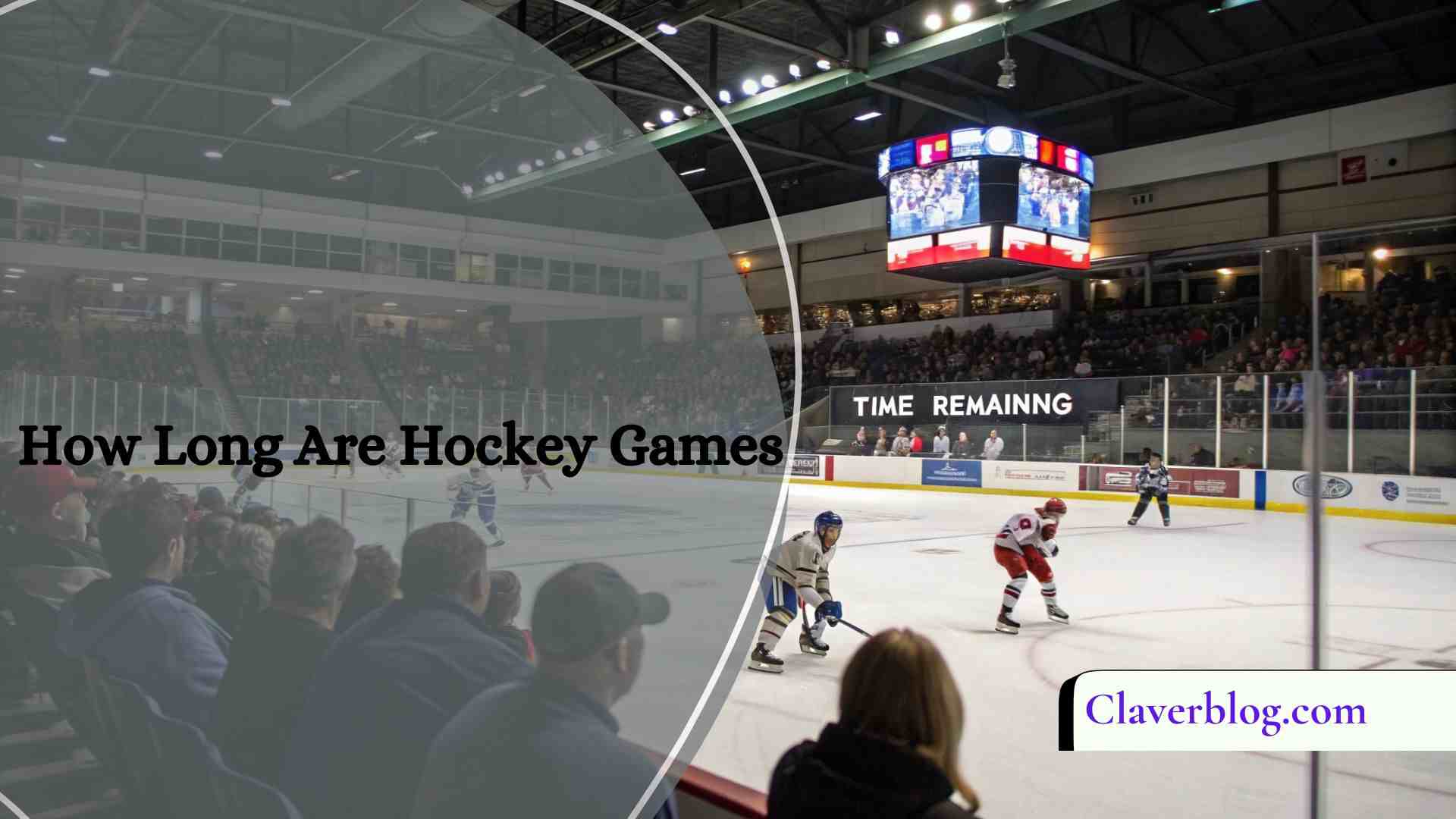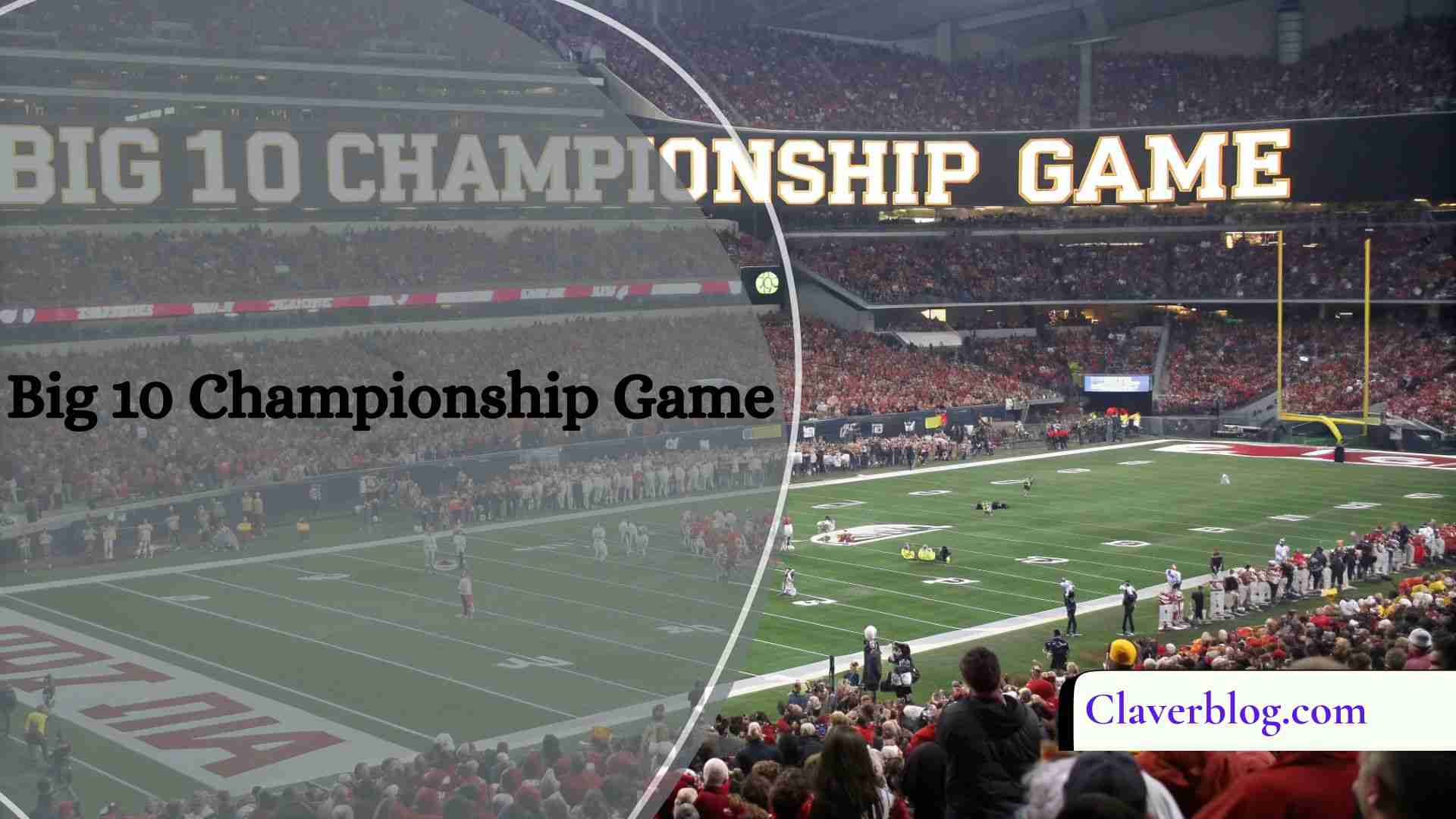A football game typically lasts 3 to 4 hours in real time, even though regulation play is only 60 minutes. The extra time comes from stoppages, halftime, and commercials.
Stay tuned with us! We’re going to talk all about how long a football game is. From the first kick to the final play, we’ll explain why a 60-minute game takes much longer to finish.
Quick Overview Table:
| Type of Football Game | Regulation Game Time | Average Total Duration | Includes Halftime? | Overtime Rules? |
| NFL (National Football League) | 60 minutes (4 quarters) | 3 hours – 3.5 hours | Yes (12 minutes) | Yes (Regular Season & Playoffs) |
| NCAA (College Football) | 60 minutes | 3.5 hours – 4 hours | Yes (20 minutes) | Yes |
| High School Football | 48 minutes (4 quarters) | 2 – 2.5 hours | Yes (15-20 minutes) | Yes |
| Youth Football (varies) | 32–40 minutes | 1 – 1.5 hours | Usually shorter | Often not applicable |
Breaking Down Regulation Time:
Let’s start with the basics: a standard football game consists of four quarters. Each quarter typically lasts 15 minutes in the NFL and college football, and 12 minutes in most high school games.
- NFL and NCAA: 15 x 4 = 60 minutes
- High School: 12 x 4 = 48 minutes
However, that’s just the time the ball is in play. The actual duration of a football game is much longer.
Why Does a 60-Minute Game Take Over 3 Hours?

Here’s the key: football is a stop-and-start sport. The game clock pauses frequently, which adds considerable time to the experience.
Some factors include:
- Incomplete passes
- Out-of-bounds plays
- Timeouts
- Instant replay reviews
- Penalty enforcement
- Halftime
- Commercial breaks (especially in televised games)
So, while the game clock says 60 minutes, the actual real-time duration of a professional or college football game is often between 3 to 4 hours.
NFL Game Length: The Professional Standard
The NFL is the gold standard of American football. Each game is divided into:
- Four quarters of 15 minutes each
- A 12-minute halftime
- Three timeouts per half, per team
- Overtime if needed
Now let’s look at the reality of time spent:
- Game clock: 60 minutes
- Halftime: 12 minutes
- Commercial breaks: Roughly 20 breaks per game
- Time between plays: Often 30+ seconds per play
Overtime in the NFL
In regular-season NFL games, if the score is tied after regulation, a 10-minute overtime is played using sudden death-style rules, but each team must have a chance to possess the ball—unless there’s a touchdown on the first possession. In playoff games, overtime continues until a winner is declared.
How Long Is a College Football Game?
College football games tend to run longer than NFL games—often hitting the 3.5 to 4-hour mark.
- 20-minute halftimes
- More passing (which stops the clock)
- More plays per game
- Extended overtime rules (each team gets a possession starting at the 25-yard line)
And unlike the NFL, college football has no game clock in overtime—which means multiple overtime rounds can stretch a game considerably.
Fun Fact:
Some NCAA games have lasted over 5 hours due to extended overtime (like the infamous 7-overtime LSU vs. Texas A&M game in 2018).
High School Football Game Duration
High school football games are a bit quicker, usually lasting about 2 to 2.5 hours.
- Four quarters of 12 minutes each
- Halftimes between 15 to 20 minutes
- Fewer commercial breaks
- Less complex plays
However, clock management is less precise, and delays can still happen from penalties, injuries, and officiating calls.
What About Youth Football?
If you’re curious about how long youth football games last, the answer is usually between 1 to 1.5 hours.
- Shorter quarters (8–10 minutes)
- Simplified rules
- Little to no overtime
- Less stoppage time
These games are designed to be quick and engaging for younger players.
Factors That Extend Football Game Time:
Let’s look deeper into what really adds time to a football game:
Clock Stoppages
- Incomplete passes, out-of-bounds plays, and timeouts all stop the clock.
- In college football, the clock stops after every first down (until the chains are reset).
Commercial Breaks
- In televised games, networks pause frequently for advertising.
- The NFL averages around 20 commercial breaks per game!
Replay Reviews
- Referees often review controversial calls using slow-motion footage.
- These reviews can eat up several minutes each.
Injuries
- If a player is hurt on the field, the clock stops and medical staff attends to them.
- Depending on severity, these breaks can last several minutes.
Penalties
- Some penalties require referees to reset the ball position, consult each other, or explain the call.
- These actions interrupt the game flow.
Halftime Shows and Entertainment
Another factor that changes total game time—halftime events.
- In the NFL, halftime is strictly 12 minutes, except for the Super Bowl, where it can last up to 30 minutes due to the elaborate halftime show.
- In college football, halftime is usually 20 minutes.
- High school and youth halftimes vary but often include performances by marching bands and cheerleaders.
Overtime and Extra Periods
Games that are tied at the end of regulation go into overtime.
| League | Overtime Structure |
| NFL | 10-minute sudden death (regular season) or multiple periods (playoffs) |
| NCAA | Alternating possessions from the 25-yard line |
| High School | Similar to NCAA format, varies by state |
| Youth | Overtime is rare or often skipped |
This can add 10 to 30+ minutes depending on the league and number of overtimes.
Real-Time vs. Play Time: A Shocking Gap
It might surprise you, but the actual amount of play during a football game is much smaller than you think.
According to a Wall Street Journal study:
The average NFL game includes only 11 minutes of actual ball-in-play action.
- Huddles
- Referee discussions
- Substitutions
- Commercials
- Camera angles and crowd shots
FAQ’s
1. Does Weather Affect the Length of a Football Game?
Yes. Bad weather—like heavy rain, snow, lightning delays, or extreme heat—can significantly delay or extend a football game. Lightning delays in particular require players to leave the field, and each strike can push back play by 30 minutes or more.
2. How Early Should Fans Arrive Before a Football Game Starts?
Fans typically arrive 30 minutes to 2 hours early, depending on the level of the game and how crowded the venue is expected to be. NFL and college fans often arrive even earlier for tailgating or pre-game entertainment.
3. Do Football Games Ever End Early?
In rare cases, yes—especially in youth or high school games. Games can end early due to the “mercy rule” (if one team has a very large lead), weather conditions, or unplayable field conditions. The NFL and NCAA don’t typically allow early endings unless safety is involved.
4. Are Halftimes Always the Same Length?
Not always. While NFL halftimes are fixed at 12 minutes (except the Super Bowl), college and high school halftimes can vary slightly depending on the event, marching band performance, or special ceremonies. Some youth games may not even have a traditional halftime.
5. How Do TV Broadcasts Influence Game Duration?
TV broadcasts greatly influence timing due to the need for scheduled commercial breaks, post-play replays, and pre/post-game commentary. This is one of the biggest reasons why televised games—especially in the NFL—can last 3+ hours.
Conclusion:
Football games might only have about an hour of playtime, but they last much longer because of breaks, halftime, and exciting moments like replays or overtime. No matter the level—NFL, college, or youth—it’s all part of the fun. So grab a seat and enjoy every second of the action!







Leave a Reply